Whether you have given birth or not, everyone knows that the umbilical cord is cut sometime after the baby’s birth. Although there is debate about how many minutes it should be cut off, there is another situation beyond that. And that is, the umbilical cord is never cut. Well, doesn’t this harm the baby?
Some cultures, lotus birth not cutting the umbilical cord embraces his belief. It is thought that not cutting the umbilical cord has benefits for the baby. to cultural beliefs Although these are partially true, there are many things to consider during lotus birth.
World Health Organization cord clamping After briefly mentioning the definitions of the subject and the effects of the interrupted period Why is lotus birth preferred? Let’s see what happens.
How long after birth should the umbilical cord be cut?
The World Health Organization has a clear definition on this subject. There are two options in this definition. The first is early cord clamping, that is, after birth. Cutting off within 1 minute. The second is delayed cord clamping. This is after birth within 2-3 minutesstopping the blood flow in the cord after it ends.
There are also studies on newborn health depending on the process of cord clamping. As a result of cutting within 1 minute, the baby increased blood volume, Reduced need for blood transfusionIn premature babies, the risk of intracerebral hemorrhage – blood suddenly reaching the brain tissue and damaging brain cells – decreases.
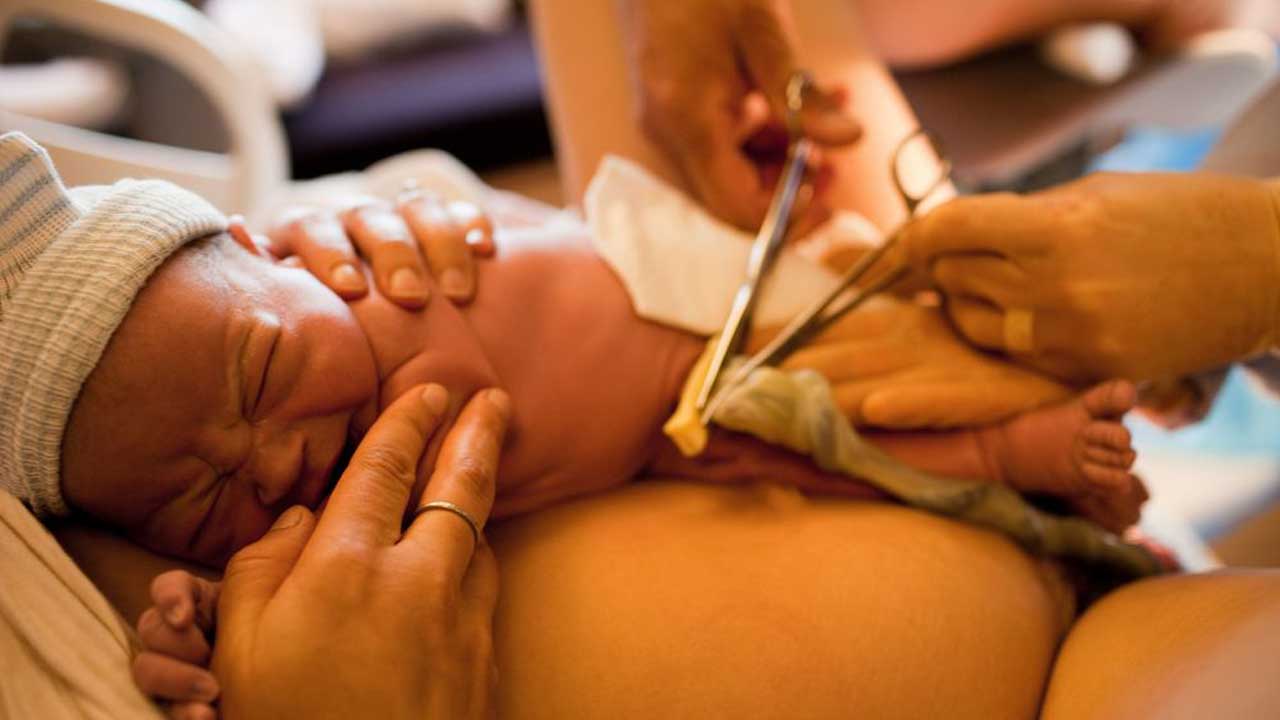
If the cord is cut late, the bilirubin value can be found. The possibility of polycythemia also increases. However, there is no study showing an increase in related diseases. In addition, babies with delayed cord cutting have good iron levels at 4 months of age and They do not suffer from anemia and the results of recent research.
Experts once said that late discontinuation risk of jaundice Even though he said he could reveal radiation therapy This problem is easily eliminated with . In short, late cord clamping is not visible. It doesn’t have any side effects. Of course, this is valid for uneventful births. In cases where the baby has a problem or requires urgent intervention, the doctor must decide when to cut the cord.
Let’s get to our main topic. So what happens if this umbilical cord is never cut?
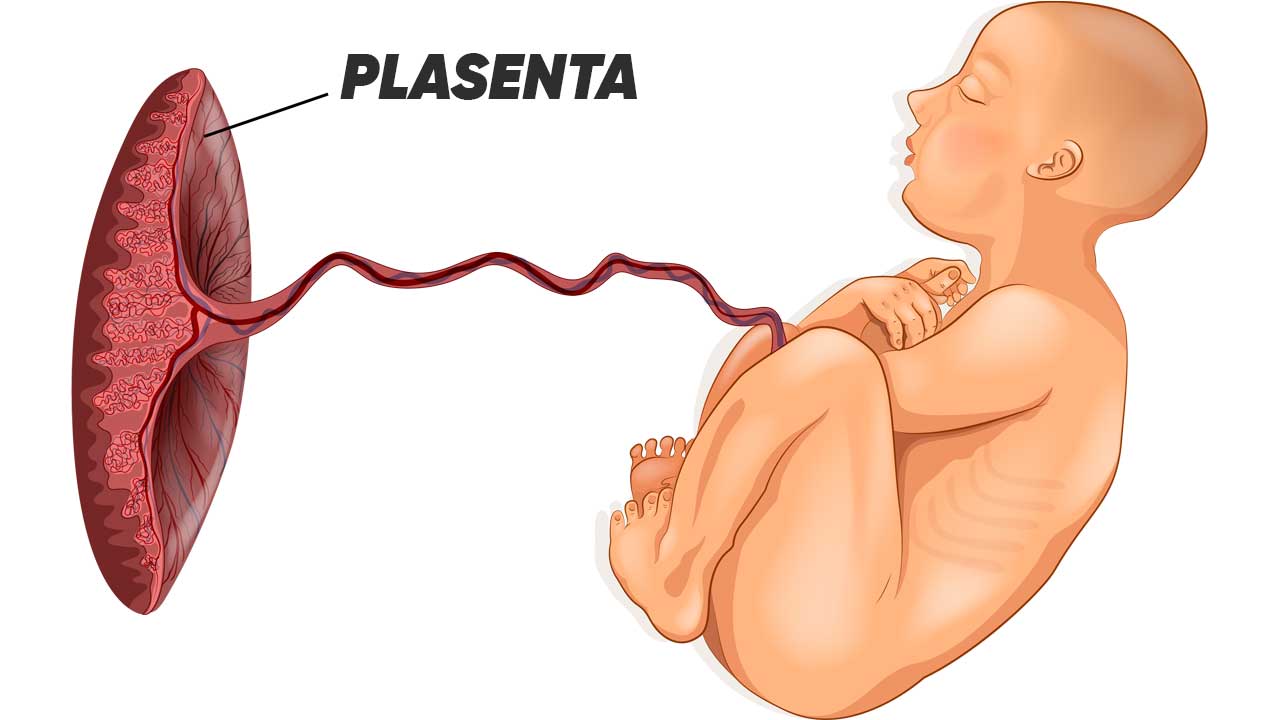
This method, also known as lotus birth, involves never disconnecting the umbilical cord from the placenta. placenta spontaneously bornthe power of gravity is used in birth, which is an active non-term condition, and the umbilical cord remains attached to the placenta, after a while It leaves on its own.
Nowadays, there are many countries that have adopted the lotus birth culture.

This method, which was practiced in ancient Egypt, China and India, continues to this day and still finds its place in some cultures. The method of birth, which started to be practiced again in Russia and the USA in the 1970s after the old times, has It is also involved in rituals.
In some cultures, while the power of the cord and placenta is believed, placenta parts In the creation of the Earth and the Sun It is assumed to be effective. The name of the placenta in New Zealand natives is “Whenua”. “soil”. Just as the soil nourishes people, according to these natives, The placenta also nourishes humans. Traditional midwives in Ukraine remove the placenta from the next knowing the baby’s gender He has faith.
Beliefs are not limited to these. Are you ready to hear something more interesting? Romania in Transylvania placenta is burned and buried Or the ashes of the placenta are mixed with water and drunk by the father. They do this to avoid having children.
South Africa’s human tissue law forces births to take place at home.
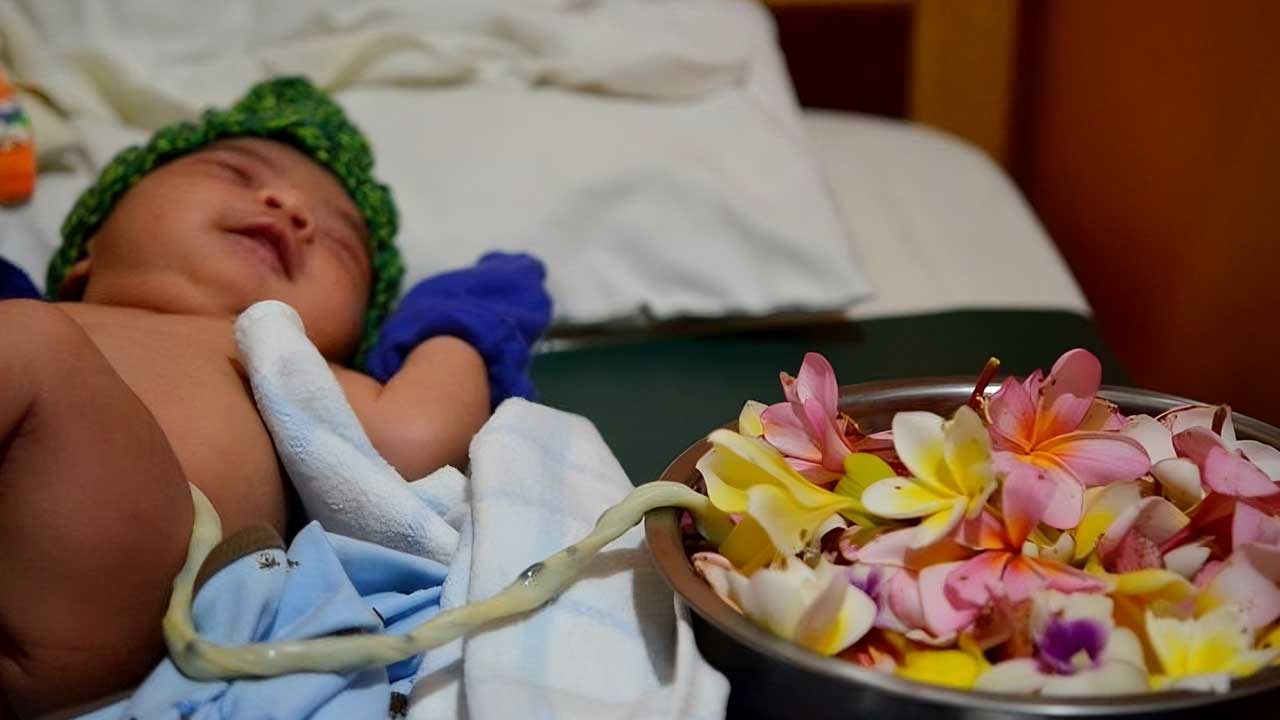
The number of people giving lotus birth at home in South Africa has been increasing for a while. Because in South African law, human tissue, blood and reproductive cells for medical purposes only is used. Women who want to remove the umbilical cord and placenta prefer to give birth at home because they cannot do this in the hospital. This is of course due to neglect. bleeding, infection and death It also brings with it.
South Africa; AIDS, hepatitis and syphilis The law was revised in 1996 due to the prevalence of diseases such as syphilis (syphilis) in pregnant women. Some regulations are being introduced to ensure that women’s rituals do not conflict with the law. We do not know how logical these regulations are, but they are important to prevent infection. cooking the placenta before eating It is recommended.
So why is lotus birth preferred? What are the believed benefits?
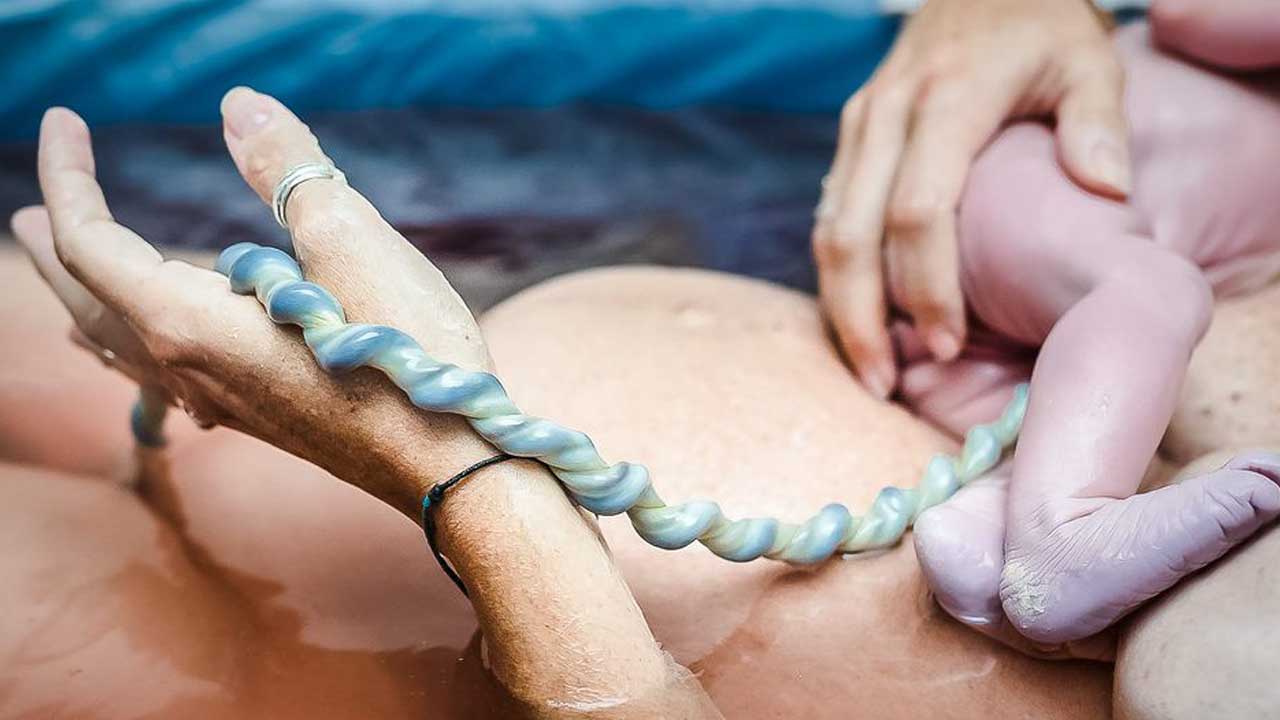
Those who favor lotus birth have multiple beliefs. According to supporters, even if blood flow from the cord stops the energy flow continues and the presence of the placenta affects the baby assurance gives. It softens the process of separation of the baby from the mother and prevents negative effects after birth. from external influences This type of birth is preferred to protect the baby. breastfeeding and spiritual relationships There are also those who choose this practice to become stronger.
It is also argued that the breathing of babies born through lotus birth, cesarean section, that is, other than normal birth, and premature babies continues with the uncut umbilical cord. In this case the baby catching the natural rhythm and the risk of trauma is reduced with the placenta.
Moving on to the harms, of course we encounter serious reactions.
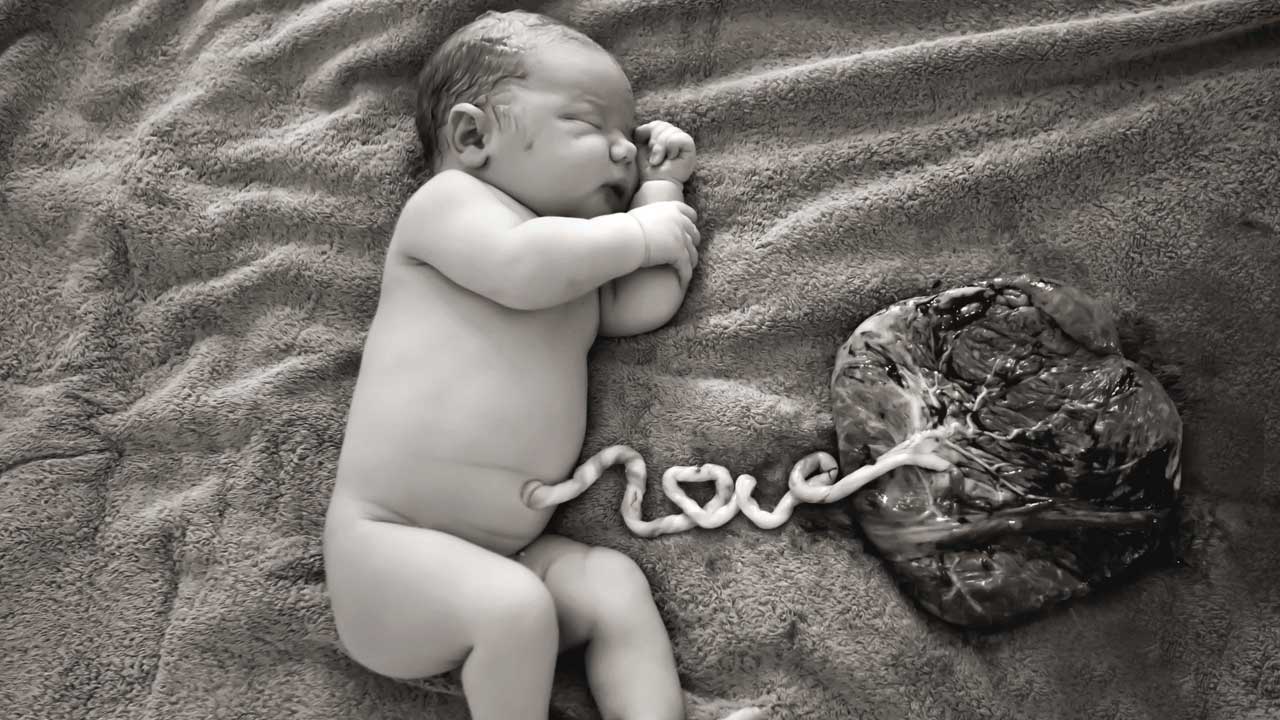
Critics of lotus birth and recent events show that there are negative aspects of not cutting the umbilical cord. in baby bacterial colonization, infections, mother and baby feeling uncomfortable hygiene problems commonly reported results. Urinary tract infections, hypovolemic shock and hepatitis is among the risks of lotus birth.
There are also very risky situations for mothers. Unexpected outcomes at birth increased by 200% between 1993 and 2014, while women who had lotus births between 2014 and 2018 depression It increases by 30%.
How do those who give birth in lotus care for the umbilical cord to prevent these problems from occurring?
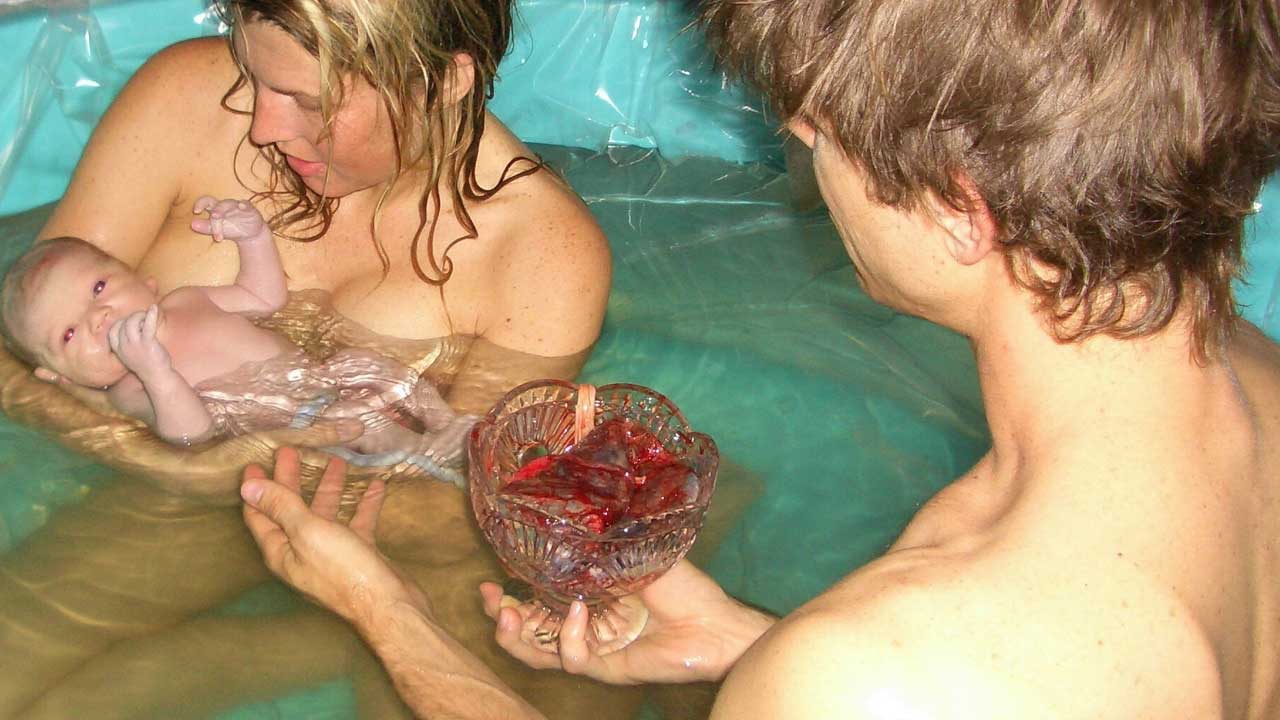
After birth, the placenta is in deep is placed in the container and the blood is flowing. It is washed under water to remove blood, mucus and other substances. Of course, the placenta is not left exposed and is kept in the container until the umbilical cord falls off and covered with a cotton cloth or diaper. absorbent articles is placed.
While this practice is preferred so that it falls off when necessary, some women prefer it to dry the umbilical cord. sea salt or rosemary uses. Then why is it not possible to cut it early or late? We don’t understand it. It can be assumed that this practice is mostly done by people who will use the placenta.
What does the research say?
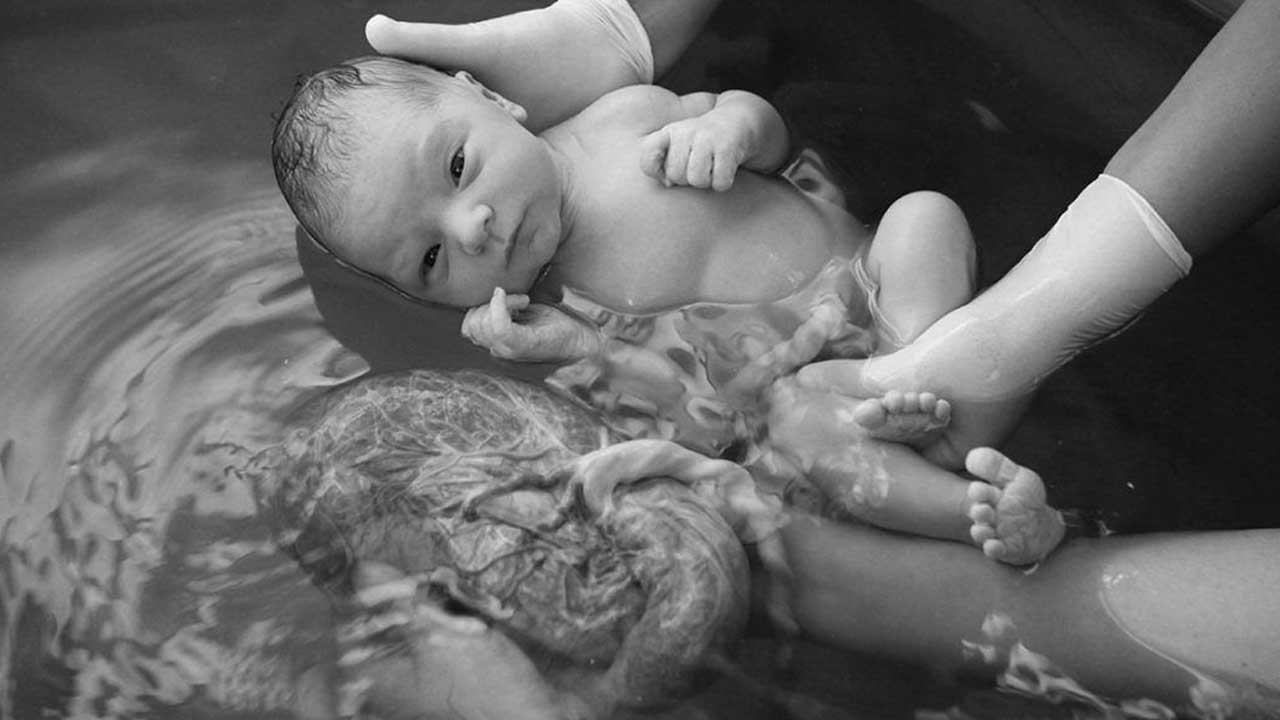
While some recommend lotus birth, some do not even consider this issue due to its harms. However, after birth babies’ processes It has also been investigated by some countries.
A study in Indonesia compared lotus birth with normal birth, in which the umbilical cord was cut immediately after birth. There was no difference in the growth of babies born with lotus birth, but positive difference in their development was found.
In fact, in this research, babies born in the lotus were more likely to be born in a lotus than babies who were not born like this. It has been argued that it is further ahead. Protection from anemia, better immune systems and involves motor and cognitive systems as well as their self-confidence is higher It has also been said that it is.
There are also studies in Indonesia that present negative features. In one of the two cases where lotus birth was performed, it occurred within the 48th hour of birth. not enought feedingin the second case at the 72nd hour jaundice occurred and hospitalization occurred.
If the family decides to have a lotus birth…
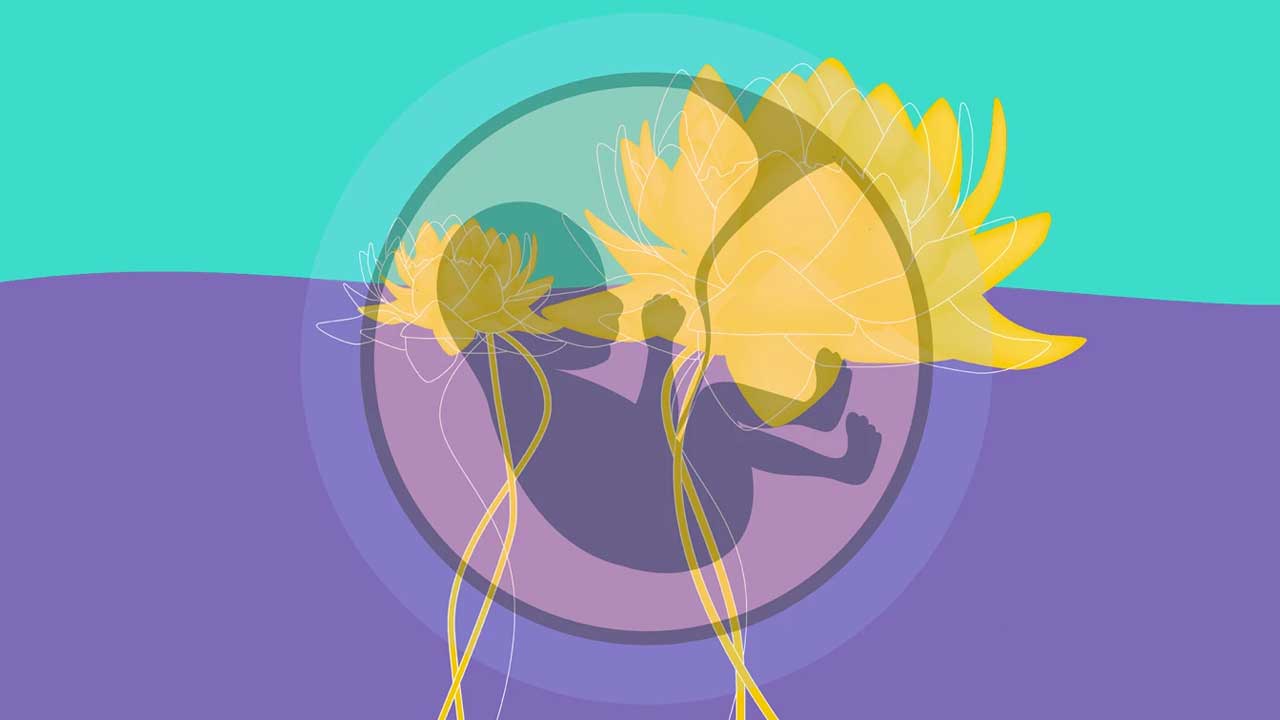
Although it offers some benefits such as mother-baby bonding and protection from anemia, clinically examined cases and limited studies have shown that sepsis and jaundice It also shows risky aspects such as: Therefore, people who will choose this birth method should have evidence-based information about lotus birth. limited data It’s good to know that it is.
RELATED NEWS
What is the ‘Placenta’ that Keeps the Baby in the Womb Full and Healthy for Months? Here are 11 Interesting Facts About Placenta
RELATED NEWS
Interesting Birth Control Methods Applied in Ancient Egypt
RELATED NEWS
Why Did Julius Caesar Give His Name to Cesarean Birth?
RELATED NEWS
Why Don’t Orphanage Babies Cry? You Will Experience Deep Sorrow When You Learn the Reason!
RELATED NEWS
